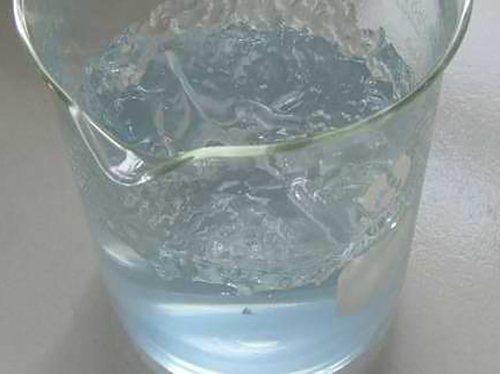Synthesis and Applications of Polyhydric Alcohol Phosphate Esters in Various Industrial Fields
Polyhydric Alcohol Phosphate Esters Structures, Properties, and Applications
Polyhydric alcohol phosphate esters are a fascinating class of compounds that combine the characteristics of polyhydric alcohols and phosphate esters. These biomolecules have garnered significant interest in various fields, including biochemistry, materials science, and pharmaceuticals, due to their unique properties and versatile applications.
Chemical Structure and Properties
Polyhydric alcohols, also known as polyols, are organic compounds that contain multiple hydroxyl (-OH) groups. Common examples include glycerol, sorbitol, and mannitol. When these alcohols undergo phosphorylation, the hydroxyl groups can be converted into phosphate esters, thereby forming polyhydric alcohol phosphate esters. The general structure of these compounds can be represented as R-(OH)n, where R is the hydrocarbon chain and n indicates the number of hydroxyl groups.
One of the critical aspects of polyhydric alcohol phosphate esters is their amphiphilic nature, meaning they possess both hydrophobic (water-repelling) and hydrophilic (water-attracting) properties. This characteristic enables them to function as effective surfactants, impacting their ability to stabilize emulsions, enhance solubility, and improve the dispersion of other compounds in various formulations.
Synthesis and Characterization
The synthesis of polyhydric alcohol phosphate esters usually involves the esterification of polyols with phosphoric acid or its anhydrides. This reaction can be performed under controlled conditions to yield specific esters with desired properties. Characterization techniques such as nuclear magnetic resonance (NMR), infrared spectroscopy (IR), and mass spectrometry (MS) are employed to analyze the structural features and confirm the successful synthesis of these derivatives.
Applications
polyhydric alcohol phosphate ester

1. Biological Applications Polyhydric alcohol phosphate esters play crucial roles in biological systems. They are involved in cellular signaling, serving as precursors or components of phospholipids that constitute cell membranes. Additionally, they may participate in metabolic pathways and help maintain osmotic balance within cells.
2. Pharmaceutical Formulations In the pharmaceutical industry, these esters are often utilized as excipients, which aid in drug delivery systems. Their surfactant properties can enhance the solubility and bioavailability of poorly soluble drugs, facilitating better therapeutic outcomes. Furthermore, they can assist in the development of lipid-based drug delivery systems, including liposomes and micelles.
3. Cosmetics and Personal Care Due to their emulsifying properties, polyhydric alcohol phosphate esters are frequently found in cosmetic formulations. They help stabilize creams, lotions, and other personal care products while also contributing to skin moisturization and texture enhancement.
4. Industrial Applications Beyond the pharmaceutical and cosmetic sectors, these compounds find applications in various industrial processes. They are employed as emulsifiers in food production, surface-active agents in coatings, and additives in plastics and polymers, contributing to improved performance and stability.
Future Perspectives
As research continues to explore the potential of polyhydric alcohol phosphate esters, the prospects for new applications and modifications are promising. The ongoing development of green chemistry practices may lead to more sustainable synthesis routes, optimizing their production and enhancing their environmental compatibility. Furthermore, with growing interest in tailored therapeutic agents, these compounds may serve as key players in the design of new drugs and treatment strategies.
In conclusion, polyhydric alcohol phosphate esters represent a versatile category of compounds with profound implications across multiple disciplines. Their unique properties, combined with extensive research and development, suggest a bright future for their utilization in various fields ranging from biotechnology to industrial applications. As we continue to uncover the complexities of these molecules, we may unlock novel applications that could significantly influence technology and medicine in the years to come.
-
Understanding Polycarboxylic Acids: Properties, Applications, and Future PotentialNewsJul.28,2025
-
Scale Inhibitor Explained: How to Protect Your System from Limescale and Hard Water DamageNewsJul.28,2025
-
Scale and Corrosion Inhibitors: Essential Chemicals for Industrial Water System ProtectionNewsJul.28,2025
-
Polyaspartic Acid: A Biodegradable Polymer for Sustainable ChemistryNewsJul.28,2025
-
Isothiazolinones: A Versatile Antimicrobial Class with Industrial Power and Regulatory ChallengesNewsJul.28,2025
-
A Deep Dive into 2-Phosphonobutane-1,2,4-Tricarboxylic Acid (PBTC)NewsJul.28,2025





